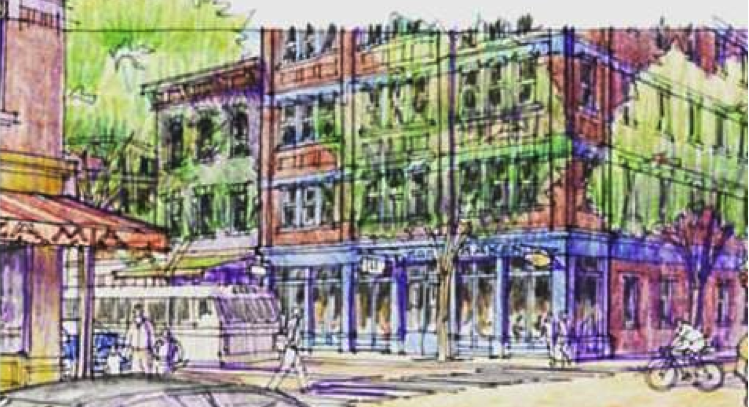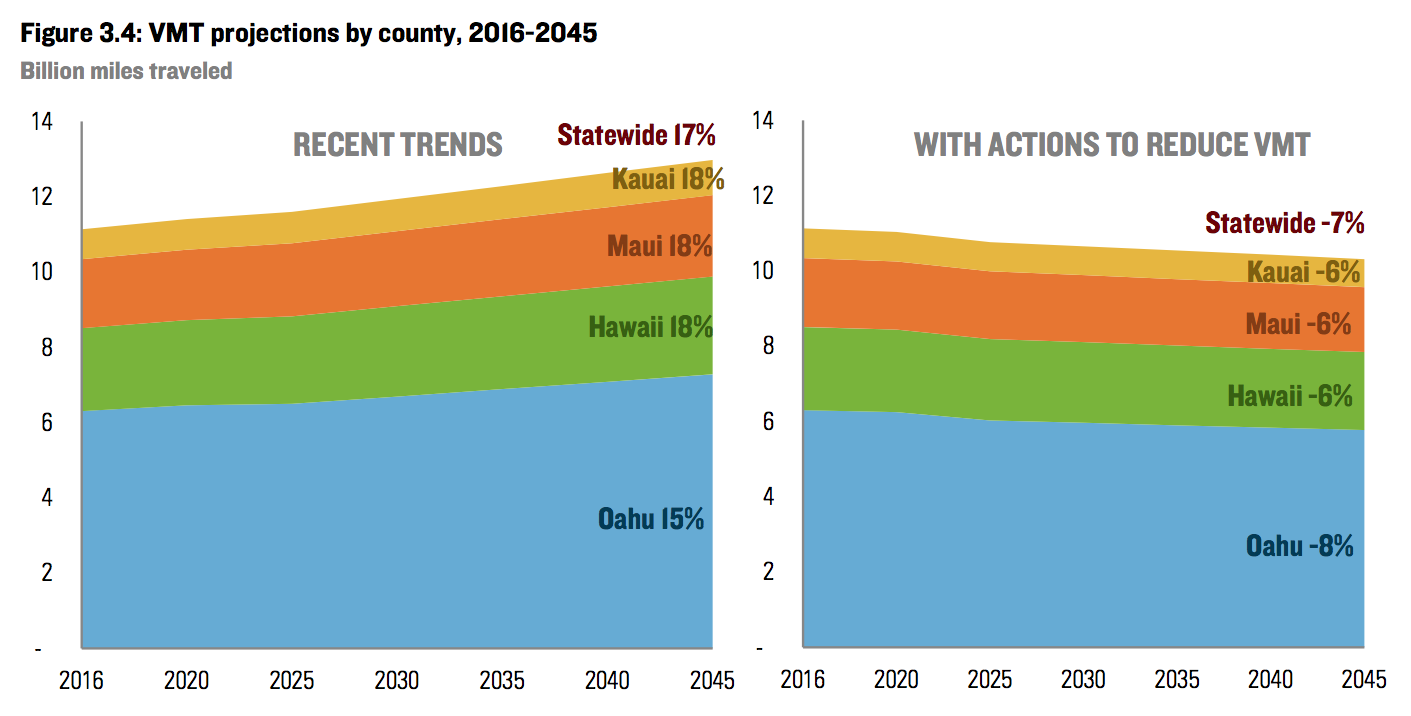Developing under a form-based code

If you’re curious about how form-based codes guide development to support smart growth principles, watch the recent webinar hosted by the Form-Based Codes Institute at Smart Growth America.

If you’re curious about how form-based codes guide development to support smart growth principles, watch the recent webinar hosted by the Form-Based Codes Institute at Smart Growth America.
 Ten years ago, Hawaii set ambitious goals to reduce their dependence on imported oil and create a clean energy future by 2045. To meet those goals, Hawaii must pair electrifying their vehicle fleet and increased renewable energy with smarter land use.
Ten years ago, Hawaii set ambitious goals to reduce their dependence on imported oil and create a clean energy future by 2045. To meet those goals, Hawaii must pair electrifying their vehicle fleet and increased renewable energy with smarter land use.

The sun sets over Tollgate Rock in Green River, WY. Photo by Jonathan Percy, via Flickr.
When a small town has big plans for changing its development patterns, how does it put them into action? From fixing restrictive codes to working with the real estate community—what the first steps to smart growth?
On August 27 and 28, 2014, officials and residents from Green River, WY met with representatives from Smart Growth America for an expert-led workshop focused on implementing the ambitious vision inside the new Green River Comprehensive Master Plan. Provided as part of a free, grant-funded technical assistance program, the two-day event was designed to provide the City with tools to modernize its development codes so that they encourage the types of growth outlined in the plan’s vision.
The Green River Comprehensive Master Plan was adopted in January 2013 after a year-long public input process. The plan lays out the community’s long-term vision and serves as a blueprint for future growth and investment within the city and surrounding areas. For the implementation process, Green River leaders sought technical assistance from Smart Growth America, hoping to bring the city’s development codes into better alignment with the master plan’s principles. The resulting two-day workshop helped Green River identify high-priority code fixes to promote infill development and redevelopment, preserve and revitalize existing neighborhoods, and promote orderly development in suitable outlying areas.
Since taking office in 2005 as the 50th Mayor of Missoula, Montana, John Engen has emphasized the importance of economic development, community building and affordable housing. His goal?
“When I’m done, I hope folks will say, ‘We worked to keep Missoula a place,'” Engen says.
For Missoula to achieve economic success and to remain a close-knit community in Montana’s picturesque mountains, Engen believes his administration should do everything it can to ensure the city is appealing to families and investors. That means having a thriving ‘Main Street’ downtown; amenities catering to young professionals and college students; access to transportation and housing options; and protection of natural land assets.
“We don’t have much going for us if we don’t have a decent place to live,” Engen says, noting that over the past several decades, Missoula has been forced to transition from a town with a resource-intensive economy (chiefly timber) to a services economy with ties to recent graduates and more experienced professionals who want to live in a small, rural town but still travel/telecommute to work in larger cities.
As mayor, Engen recognized early on that for this new type of economy to be successful, Missoula would have to seek community feedback about anticipated growth and plan for the future in a more coordinated way. He also understood that economic development is not separate from neighborhood development; investments in how a town looks and in how residents move around and interact with each other are intimately related to a town’s financial wellbeing.
When more people have quality jobs and access to affordable housing, fewer people have to make the kinds of difficult choices – such as a decision between food and shelter – that hold back community growth, Engen says. If the quality of life for most Missoulians increases as a result of efforts to reinvigorate downtown business corridors and to take advantage of the city’s unique assets, more Missoulians will be able to engage in community projects, schools, family programs, and local politics.